Why Traffic Lights Are Red, Yellow, and Green
The Origins of Traffic Lights: A Historical Perspective
Traffic lights have a rich history that dates back to the 1800s. The first traffic lights were not electric but operated by human operators. In the 1860s, gas-lit lamps were used with red and green colors to signal stop and go respectively. The use of traffic lights expanded, and by the early 1900s, electric traffic lights were introduced in major cities.
Understanding the Color-coding System of Traffic Lights
The color-coding system of traffic lights follows a standardized pattern. Red indicates stop, yellow signifies caution or prepare to stop, and green means go. This consistent system allows drivers to quickly and easily understand the meaning of each color, promoting orderly and safe traffic flow.
The Psychological Influence of Red, Yellow, and Green Lights
The colors of traffic lights have a significant psychological influence on drivers. The color red is associated with danger and immediately grabs attention, prompting drivers to stop. Yellow acts as a warning, giving drivers time to prepare for the impending change in traffic flow. Green, on the other hand, is seen as the signal to proceed and go safely.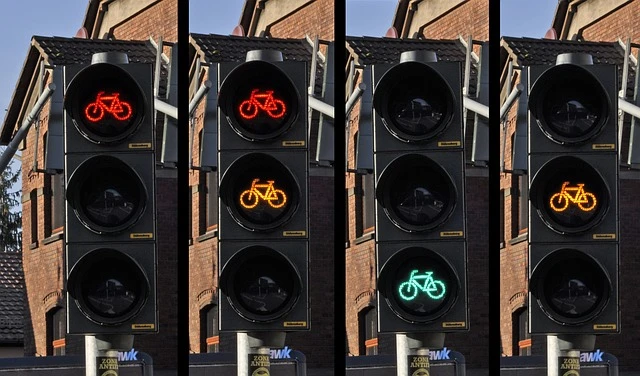
The Significance and Meaning Behind Each Traffic Light Color
The significance of each traffic light color is clear and universally recognized. Red means stop, indicating that traffic needs to come to a complete halt. Yellow signifies caution, indicating that the light is about to change from red to green or vice versa. Green means go, giving drivers the signal to move forward when it is safe to do so.
How Traffic Lights Help Regulate Traffic Flow and Safety
Traffic lights are crucial in regulating traffic flow and ensuring safety on the roads. By providing clear instructions to drivers, they promote order and reduce the likelihood of accidents or collisions. Traffic lights also help manage traffic congestion by controlling the flow of vehicles at intersections, ensuring a smooth and efficient movement of traffic.
The Role of Technology in Traffic Light Control Systems
Technology plays a vital role in modern traffic light control systems. Sensors, cameras, and sophisticated algorithms are utilized to detect vehicle presence and adjust signal timing accordingly. This allows traffic lights to adapt to the real-time traffic conditions and optimize traffic flow based on the intensity of traffic at different times of the day.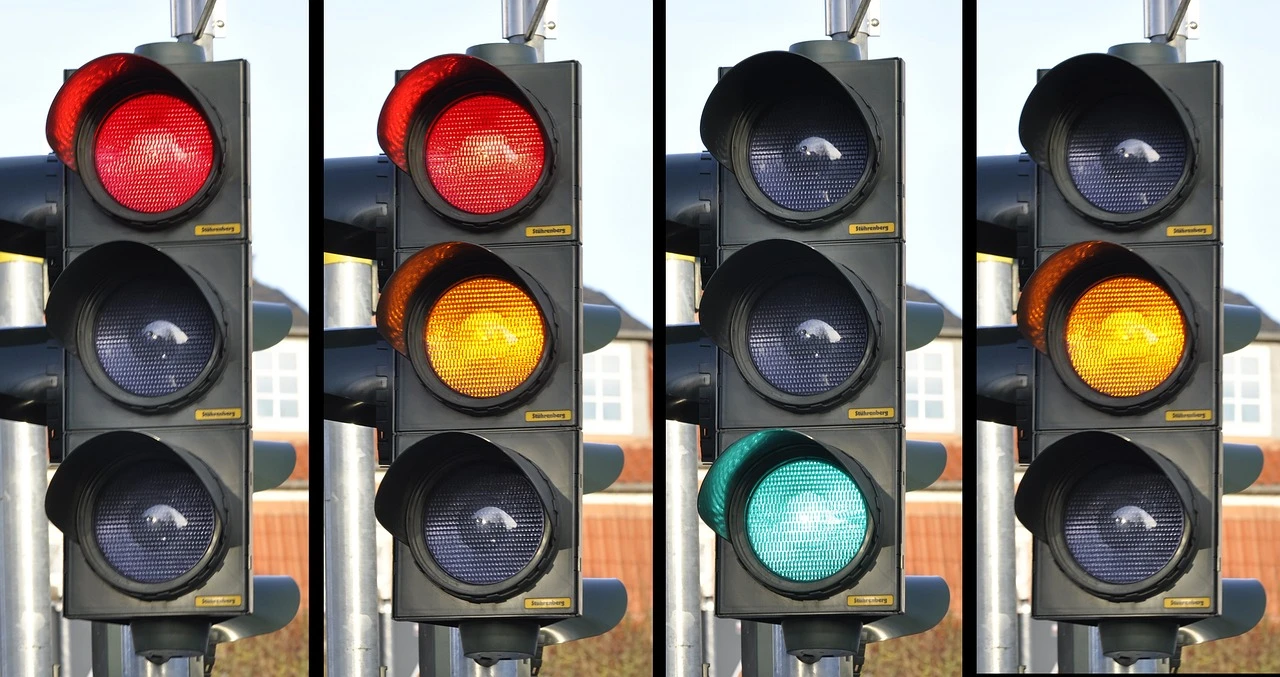
Factors Considered in Determining Traffic Signal Timing
Several factors are taken into consideration when determining traffic signal timing. These include traffic volumes, pedestrian demand, the geometry of the intersection, and the coordination with other nearby signals. By carefully considering these factors, traffic engineers can optimize signal timing to effectively manage traffic and minimize delays.
The Evolution of Traffic Lights and Potential Future Developments
Traffic lights have evolved over time, incorporating new technologies and innovations. LED lights replaced incandescent bulbs, offering energy savings and longer lifespan. Intelligent traffic management systems are also being developed, which use data analytics and smart algorithms to dynamically adjust signal timings based on real-time traffic conditions. The future may bring further advancements, such as connected and autonomous vehicles communicating with traffic lights to improve traffic efficiency and safety.
In summary, traffic lights have a historical origin that dates back to the 1800s, evolving from gas-lit lamps to electric signals. The color-coding system of red, yellow, and green provides clear instructions to drivers, and their meanings are universally understood. Traffic lights play a crucial role in maintaining traffic flow, ensuring safety, and are continuously evolving with the help of technology to optimize efficiency and adapt to changing traffic conditions.
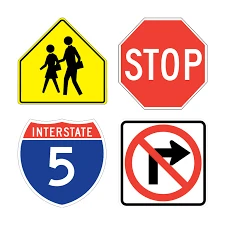
About Intersection Signs
Navigate intersections like a pro with our guide to Intersection Signs: Discover the secret language of shapes and colors that will keep you on the right path and avoid the confusion of traffic mayhem.
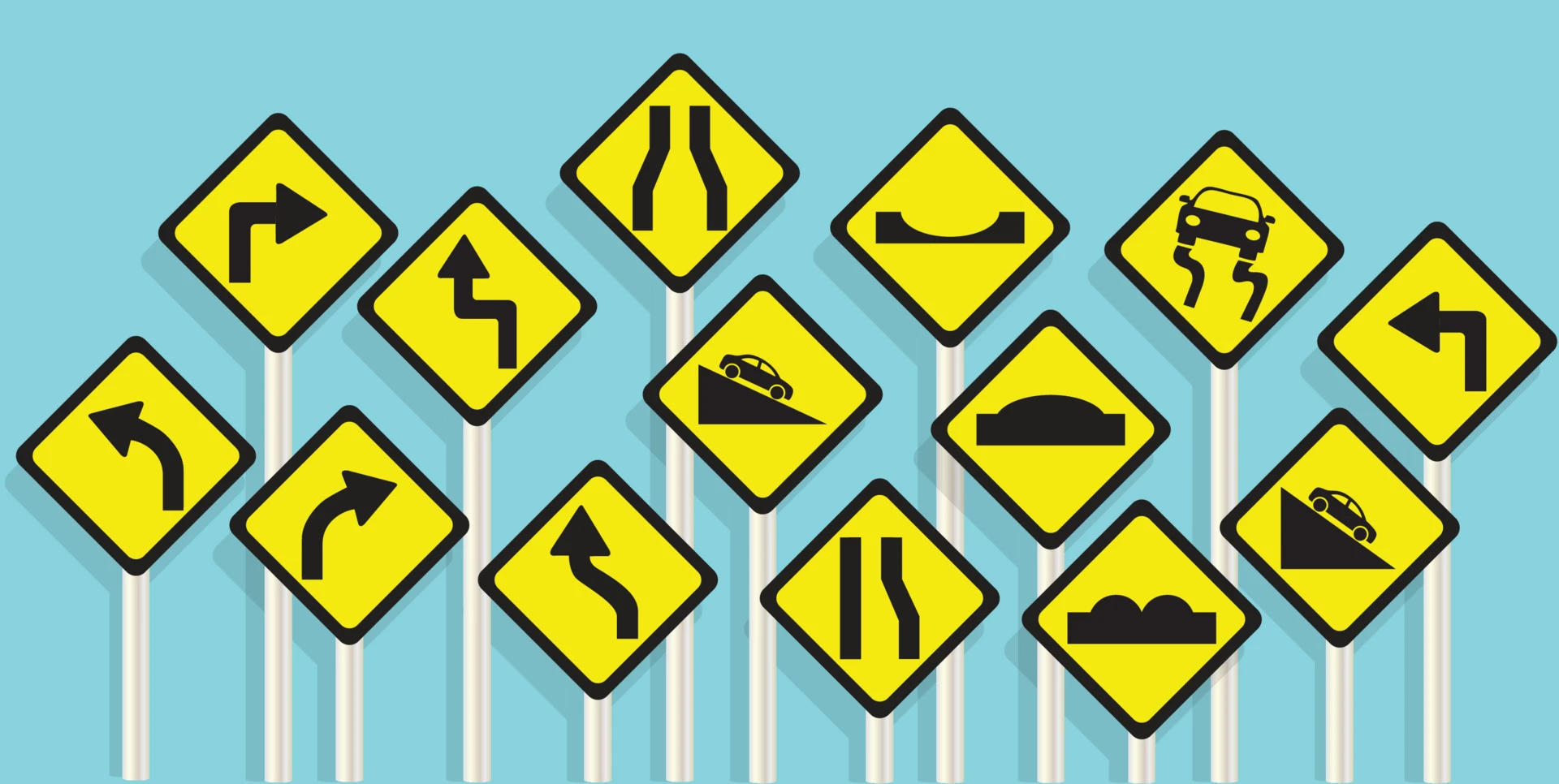
What Is The Difference Between Added Lane Sign and Merge Sign?
Unlock the mystery behind the Added Lane Sign and Merge Sign: Don't be caught clueless on the road! Explore the key distinctions between these signs and master the art of seamless lane transitions.

7 Steps to Get a Driver's License in the USA
Mastering the road to independence: Your comprehensive guide to obtaining a US driver's license in just 7 simple steps. From learner's permits to road skills tests, we've got you covered! Get ready to hit the open road with confidence.
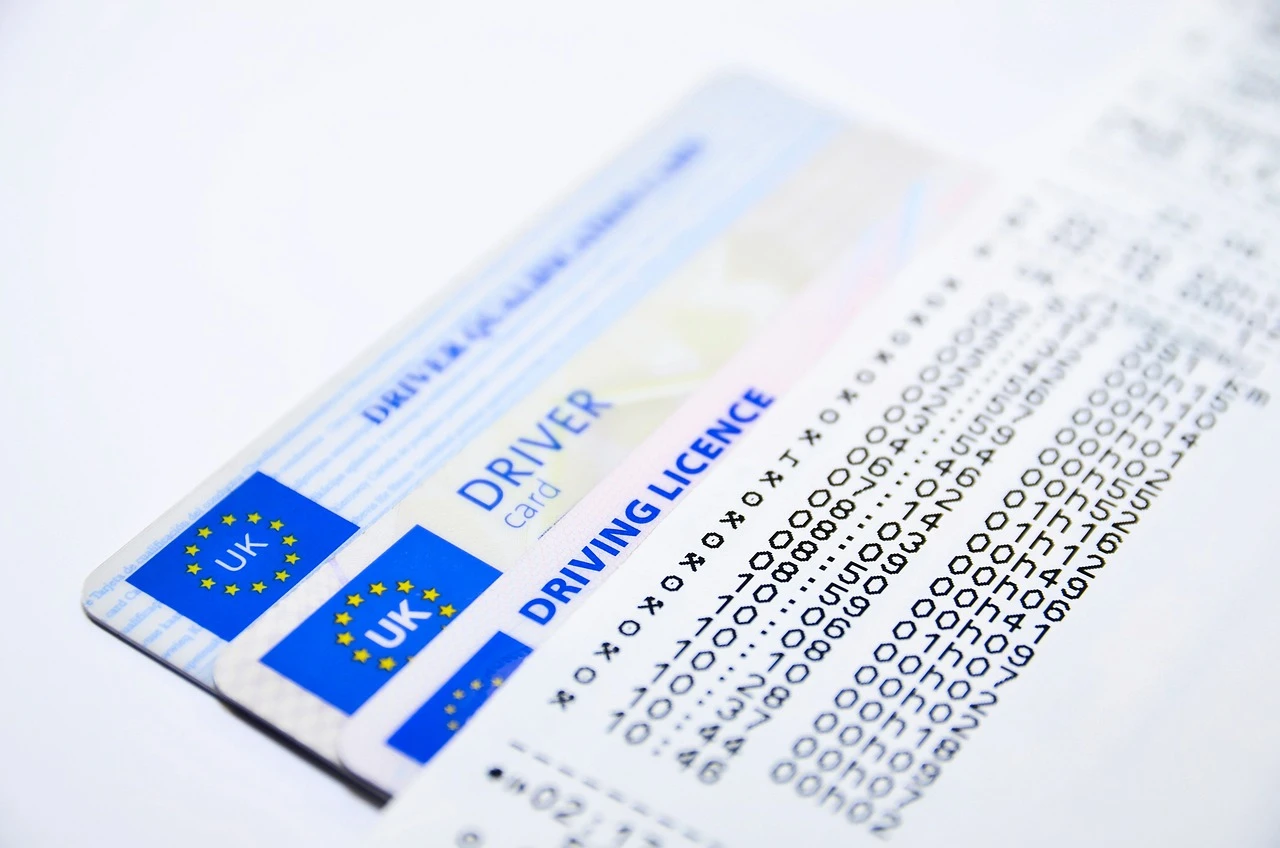
How To Renew A Driver License
Fear not the expiry date! Discover our step-by-step guide on renewing your driver's license: Say goodbye to the confusion and hello to hassle-free license renewal. Unlock the secrets to keeping your driving dreams alive!
![What Does The Sign [The Shoulder Drop] Off Mean?](https://img.dmv-test-info.com/ccsimg/dcs/union/9180a9f7-3b43-46b8-a21e-f48d58f12ae8.webp)
What Does The Sign [The Shoulder Drop] Off Mean?
Decode the mystery of the Shoulder Drop-Off sign: Don't let your journey take a nosedive! Explore the meaning behind this road sign and learn how to navigate safely through uneven terrains and unexpected road hazards.